The Mosques of Üsküb
Skopje has only been the capital of an independent country for around twenty years. That’s nothing in comparison with the 520 years it spent as part the Ottoman Empire, a period during which it was known as Üsküb. Five centuries of Muslim rule were enough to leave a lasting impression. With mosques, bath houses, tea gardens, nargile cafes, and the sound of dice rattling across backgammon boards, the neighborhood known as the Old Bazaar, or Čaršija, has retained much of its Turkish identity.
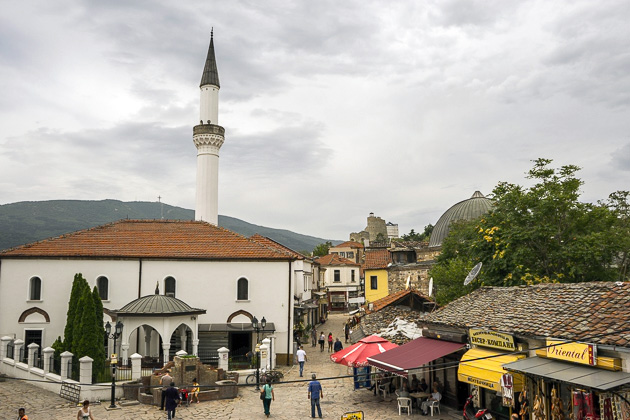
We spent one day scouting out the mosques of the Old Bazaar. The first we encountered was the Murat Pasha, famous for the water fountains outside its entrance. During Skopje’s sweltering summer days, nearly everyone who passes by will pause to take a drink. This mosque dates back centuries, but was rebuilt in 1802 after having fallen victim to the Great Fire of 1689, a blaze which was intentionally set by Austrian General Silvio Piccolomini. Later, he would claim that it was an effort to halt the advance of the plague, but everyone knew that it was an act of retribution for the Ottoman siege of Vienna. The fire destroyed nearly every building in Skopje. [Location | More Pictures]
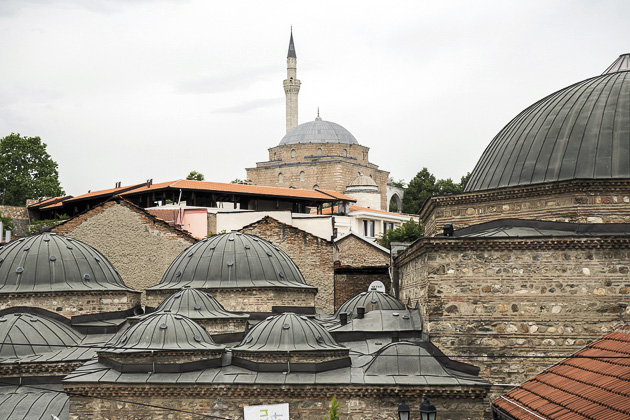
High on a hill adjacent to the Kale Fortress sits one of the 1689 fire’s few survivors: the Mustafa Pasha Mosque. Built in 1492 by a vizier to Sultan Selim I, this mosque has a 22-meter diameter dome which is among the largest in Macedonia. The interior is simple, with intricate blue patterns decorating the underside of the dome, and a few windows to let in light. There was a single man praying during our visit, but the mosque was otherwise empty. [Location | More Pictures]
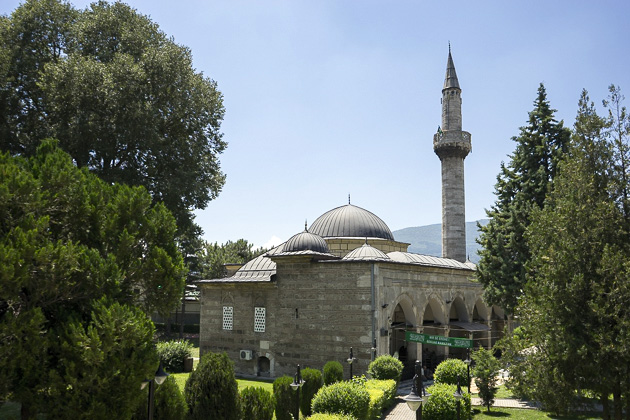
The raucous market of the Bit Pazar is bordered to the north by the Ishak Bey, or Aladza Mosque. Ishak Bey was the Ottoman-appointed leader of Üsküb in the early 15th century, and is buried here. The mosque’s alternative name, Aladza, means “colorful,” in reference to the tiles which once decorated the walls. Unfortunately, these colorful tiles didn’t survive the earthquake of 1963, but this is still a beautiful mosque inside and out, and usually busy thanks to its proximity to the Bit Pazar. [Location | More Pictures]
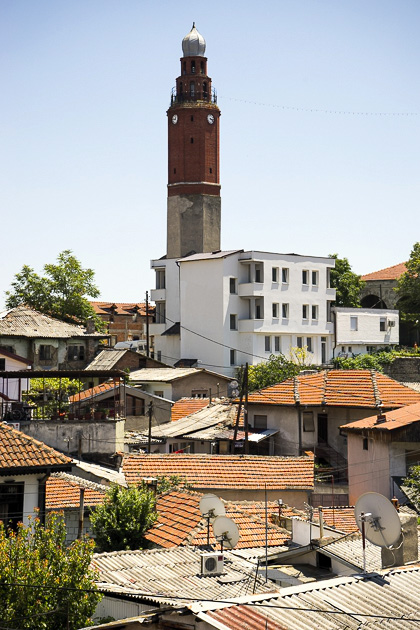
After crossing Boulevard Krste Misirkov, we came to Skopje’s oldest surviving mosque, and in fact the oldest in all the Balkans. The Sultan Murat Mosque was constructed in 1436 by the sultan himself to celebrate a series of successful wars. In the mosque’s courtyard is the red-brick Saat Kula, or clock tower. The tower is normally locked but, when we visited, there were maintenance workers who allowed us inside. Our plan had been to scale the tower for a view over Skopje, but after testing the rickety wooden stairs, apparently as old as the tower itself, we thought better of it. [Location | More Pictures]
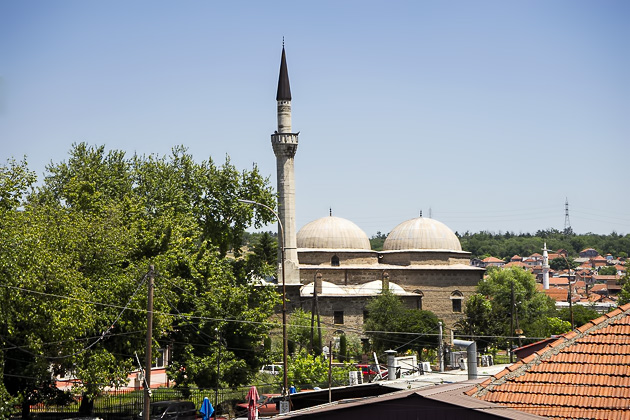
Just north of the Sultan Murat is yet another extremely old mosque. The Gazi Isa-Bey dates from 1475, and features two large domes over its main prayer hall. We arrived as the afternoon prayer session was ending. Most of the men filing out of the mosque were taking seats underneath an enormous 500-year-old plane tree in the courtyard. We sat down with them, stretched out our legs, and put an end to what had been a very long day. [Location | More Pictures]
More Murat Pasha Mosque Photos
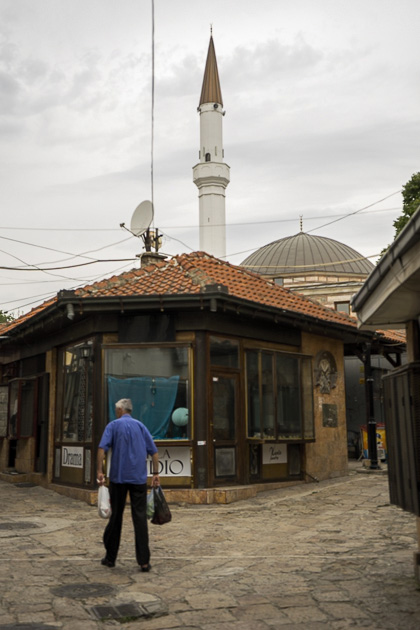

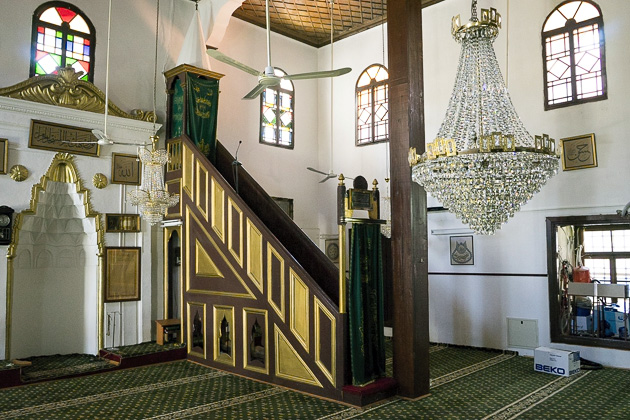

More Mustafa Pasha Mosque Photos
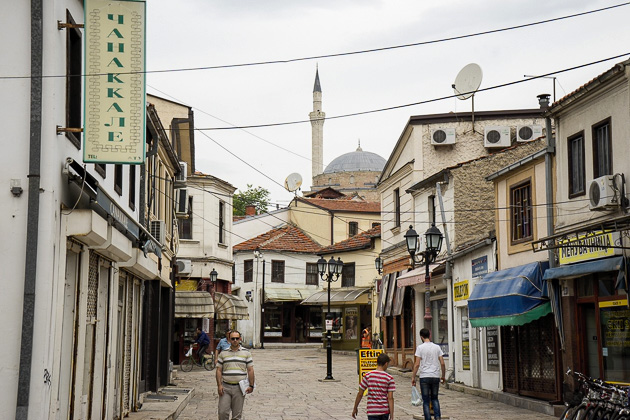
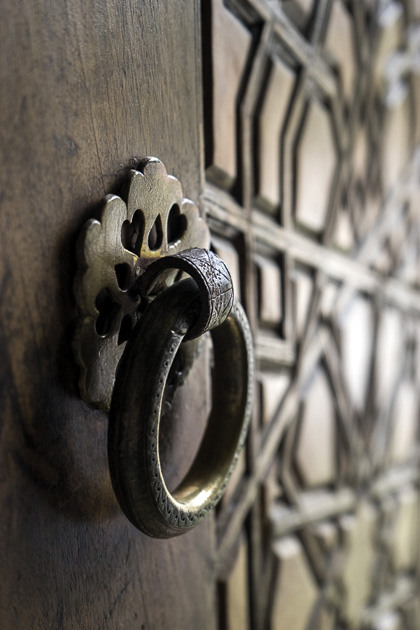
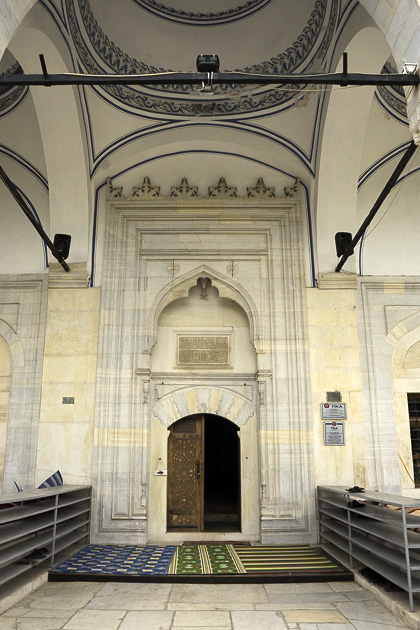
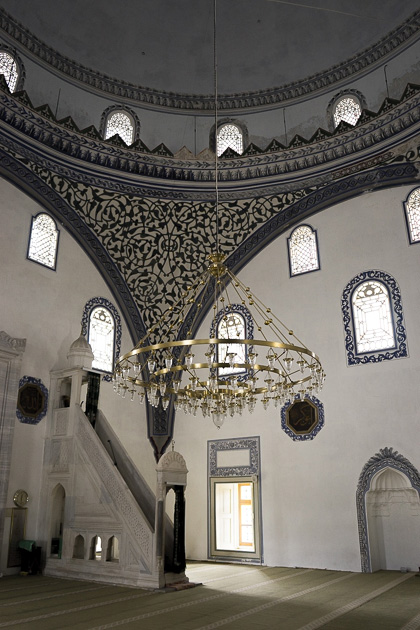
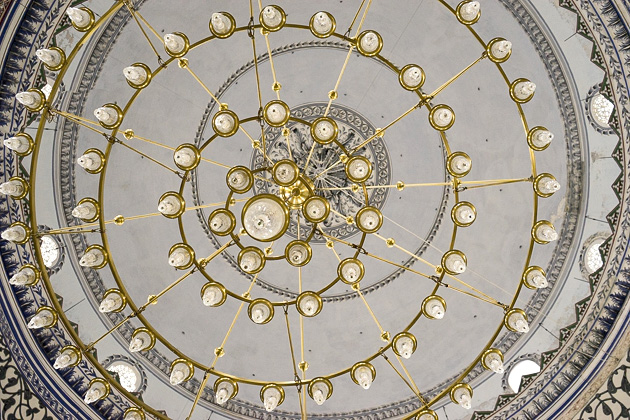
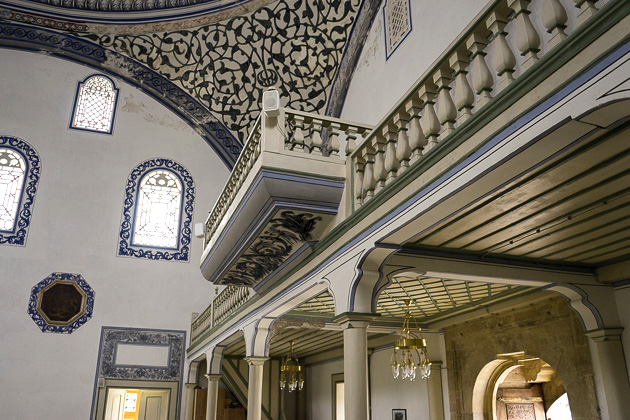
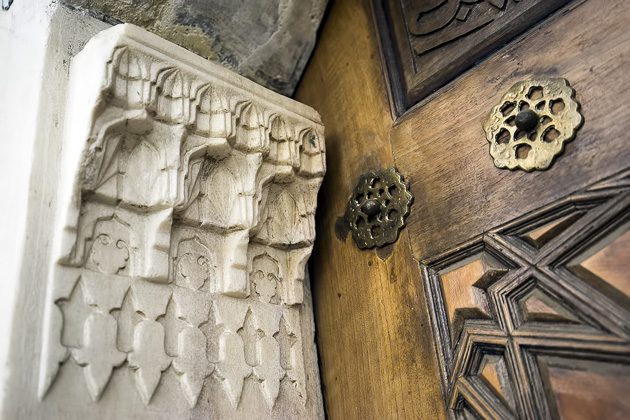
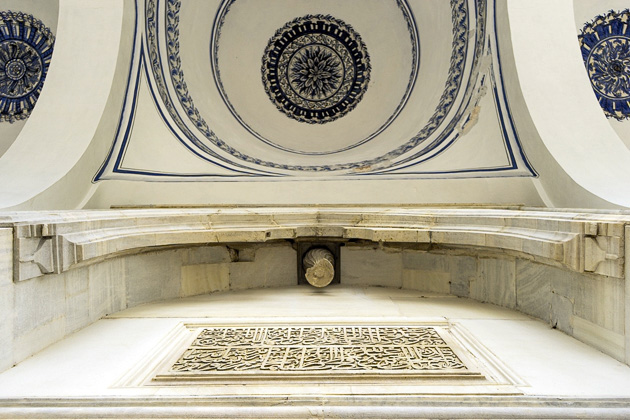

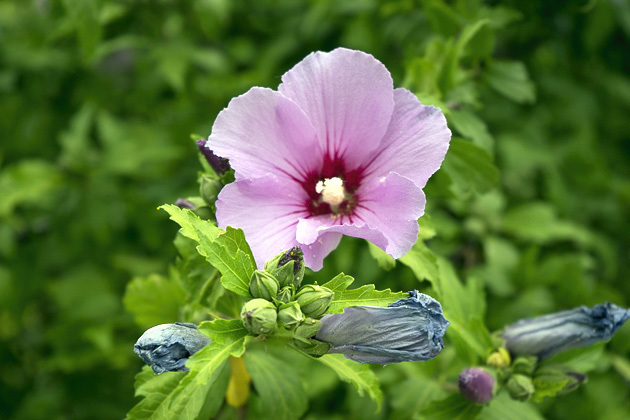
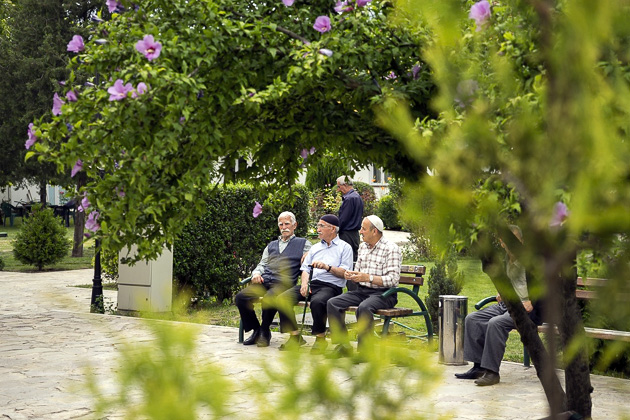
More Gaza Isa-Bey Mosque Photos
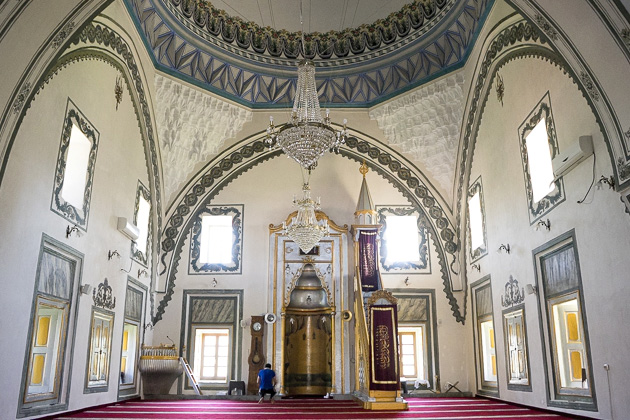
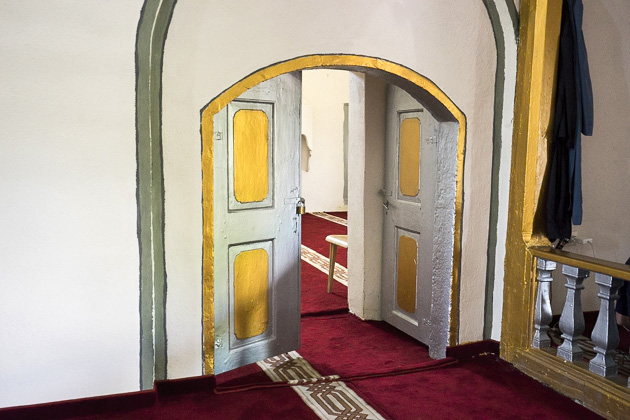

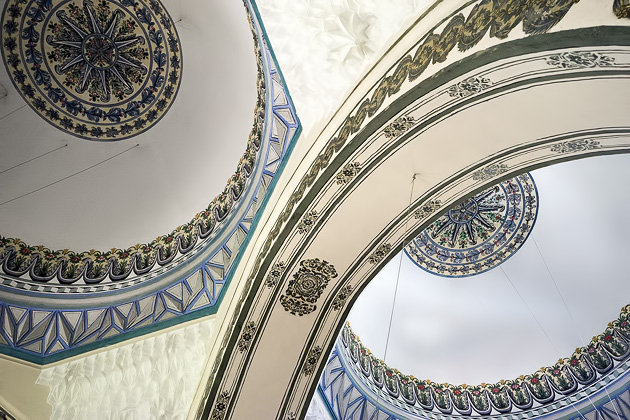
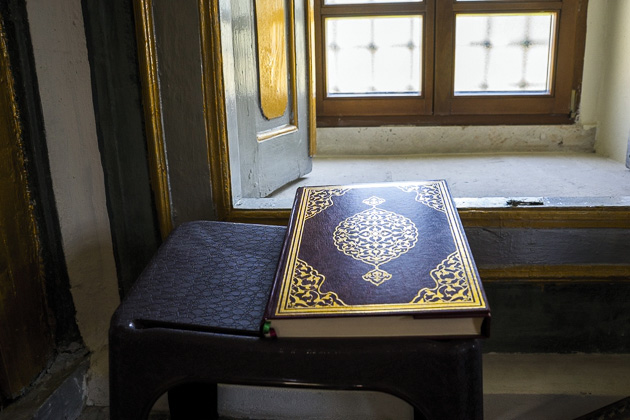
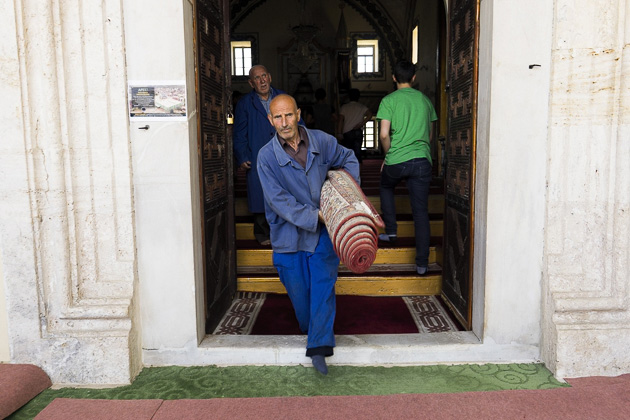
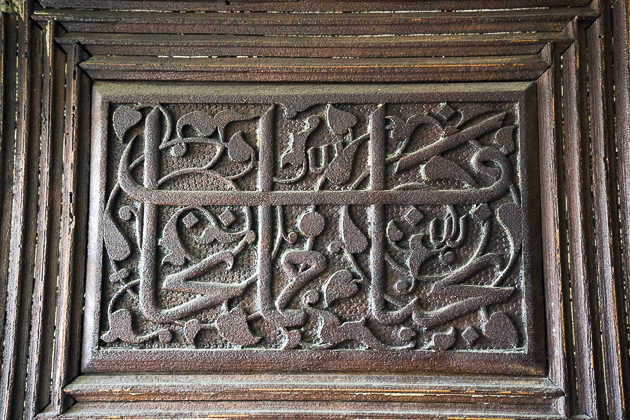
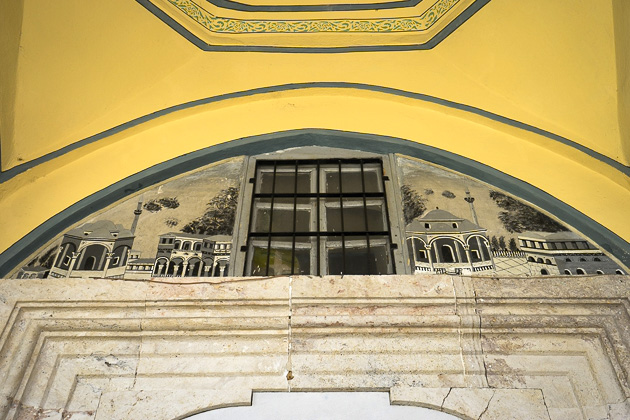
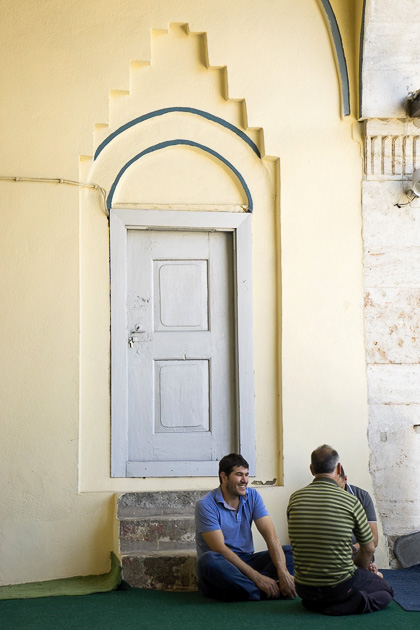
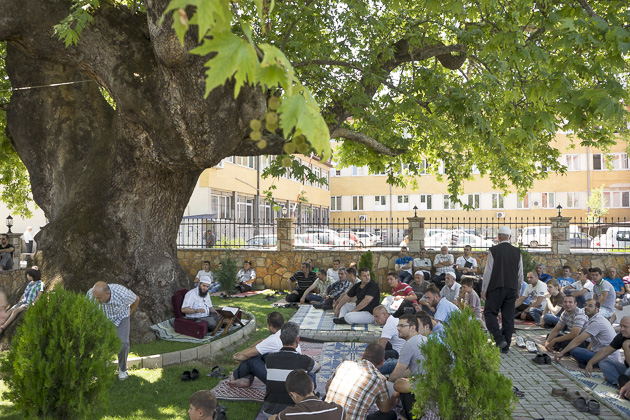
More Aladza Mosque Photos


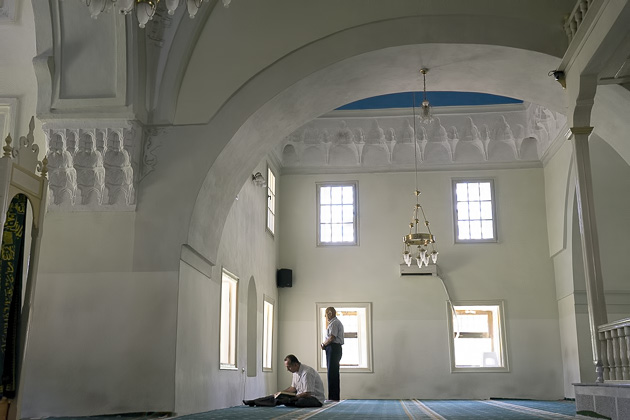
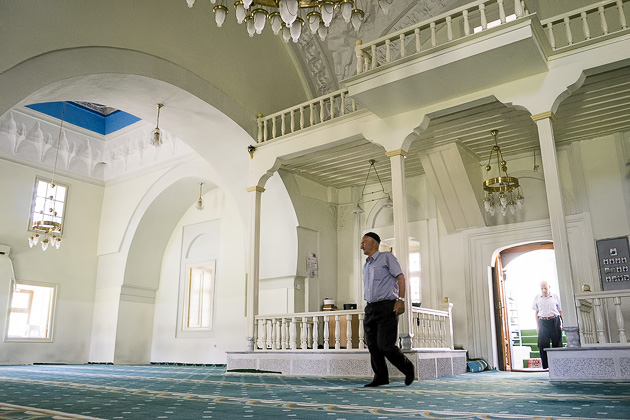

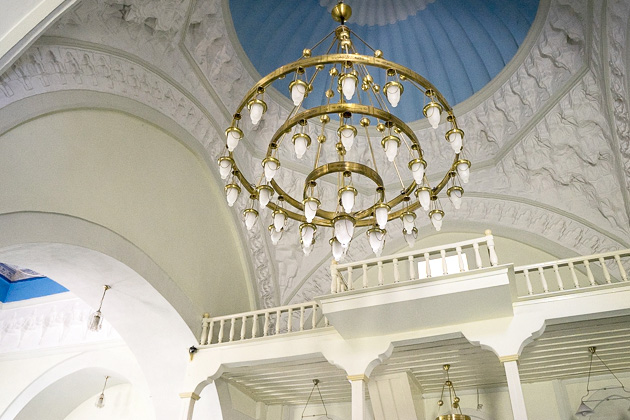
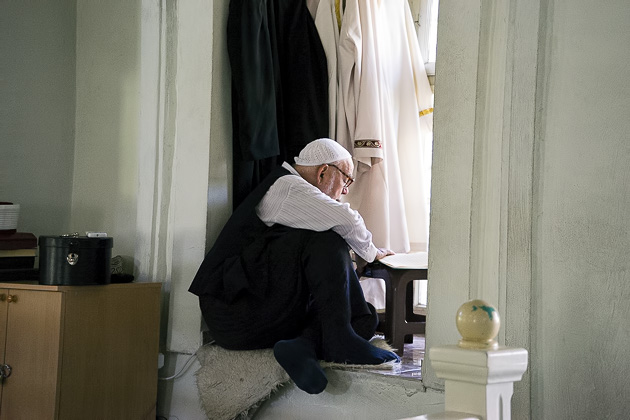
More Sultan Murat Mosque Photos
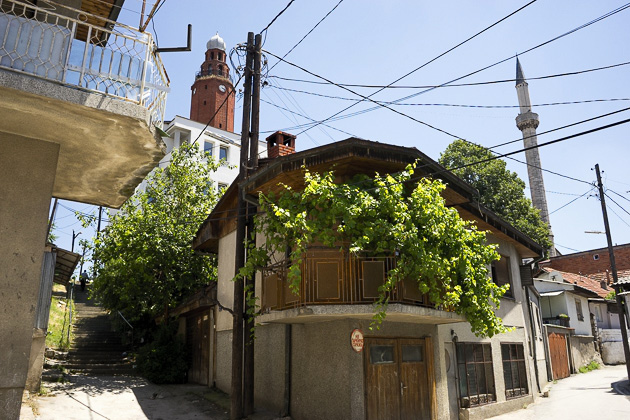
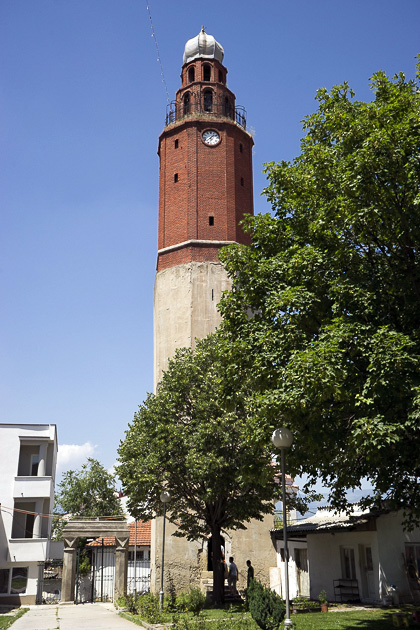

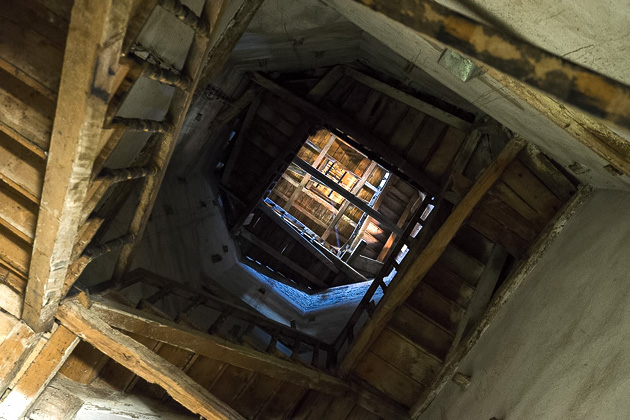
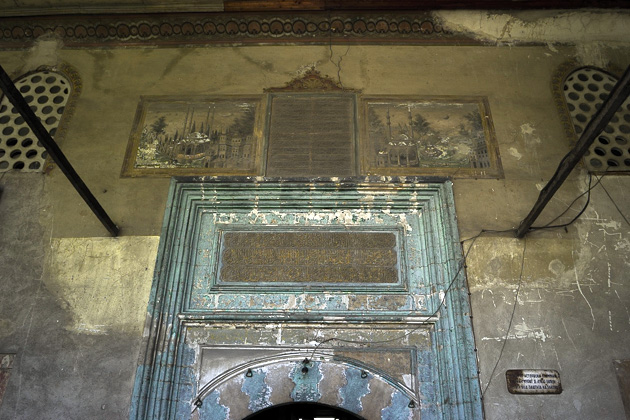
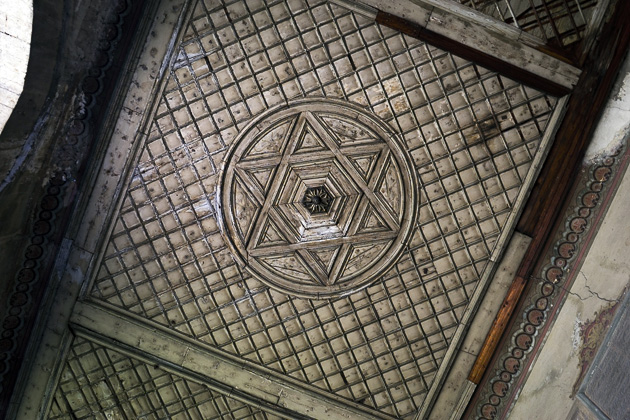
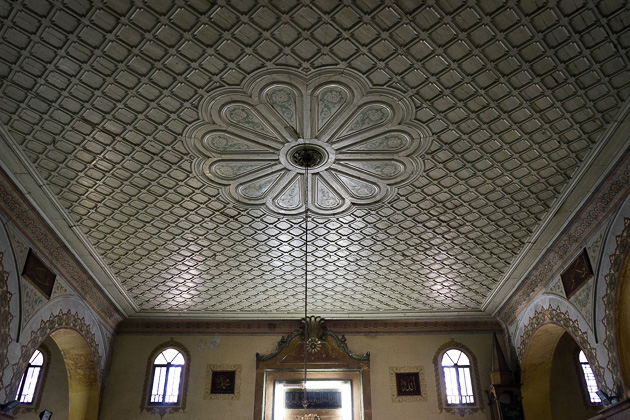
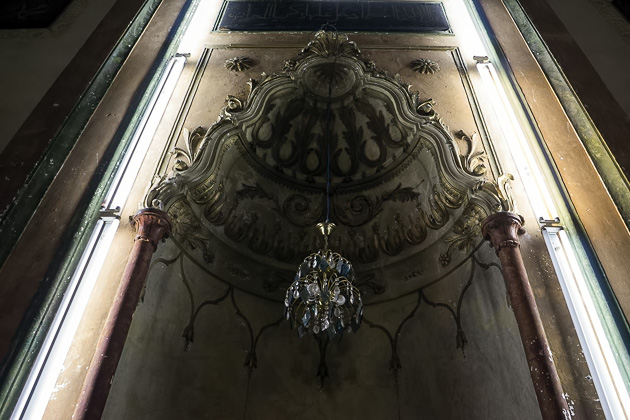

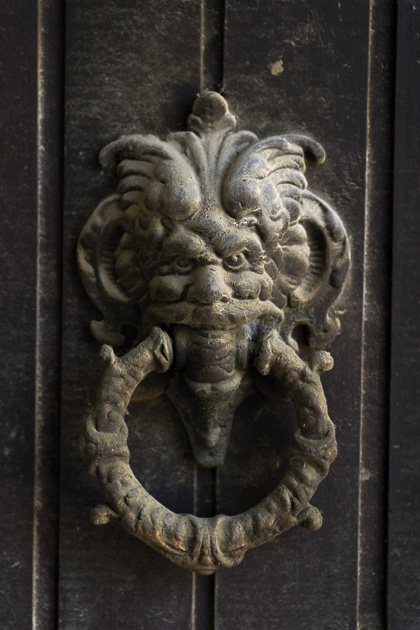
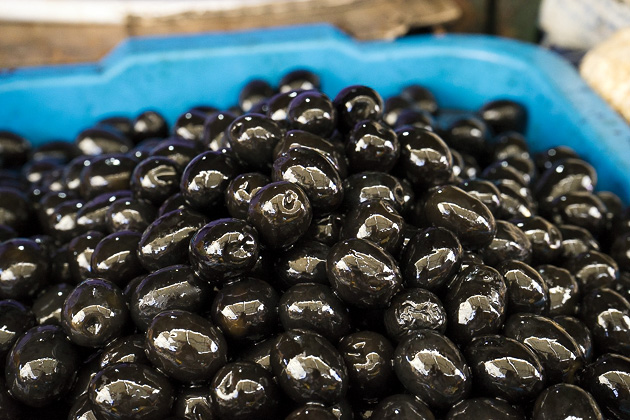
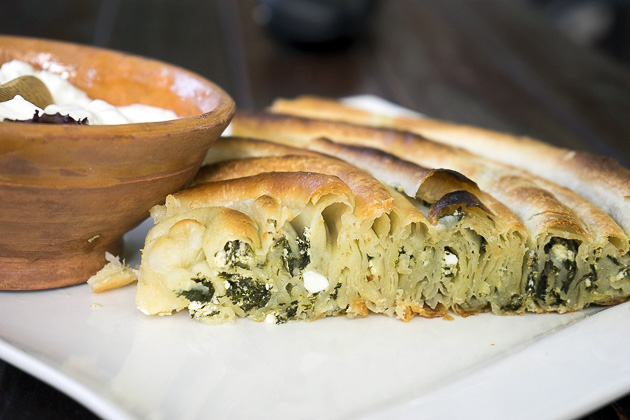


Your pictures are amazing, you captured the city in a very natural and authentic light.